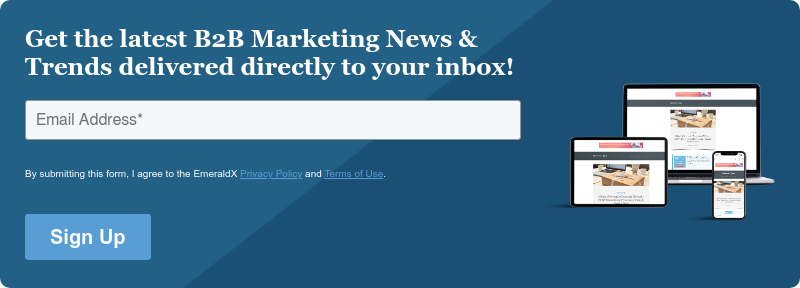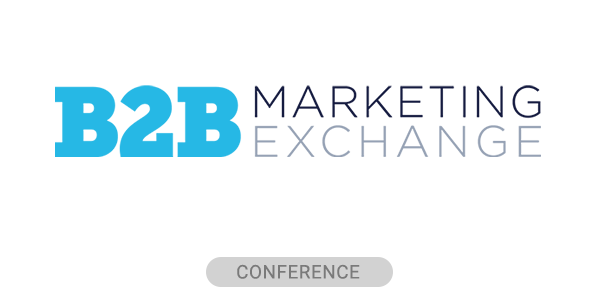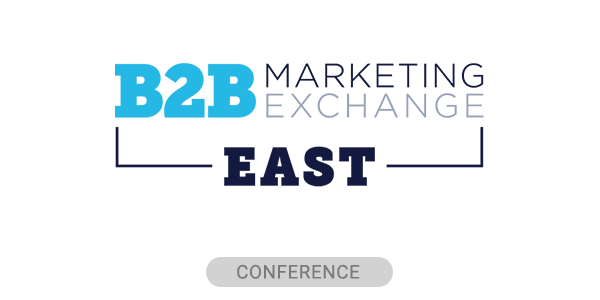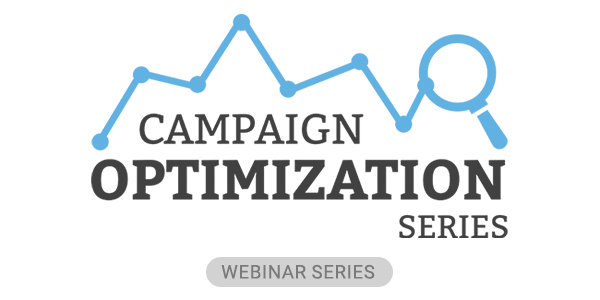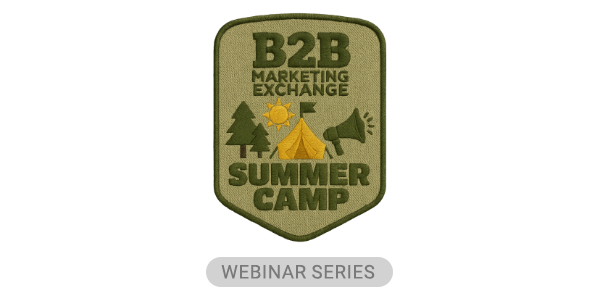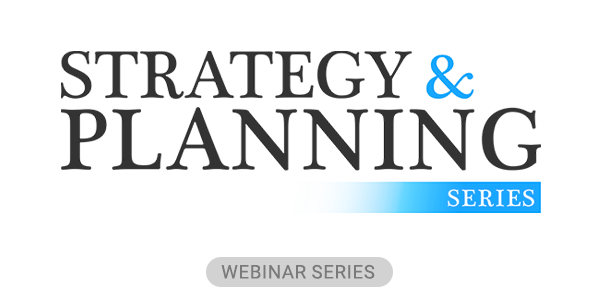AI Has Flattened the GTM Playing Field: What 2025 Taught Us – and What 2026 Will Demand
By 2025, one thing became undeniable: artificial intelligence (AI) stopped being a “tool” and became an operational layer. Nowhere was this more visible than in how startups and SMBs reshaped their go-to-market strategy. The old advantage curve— where only well-funded teams could afford world-class sales talent, sophisticated targeting, and data-rich personalization— collapsed.
AI didn’t just make sales teams faster. It made them strategic at a depth and scale that historically required dozens of specialized people. And that shift is setting the stage for a far more dramatic transformation in 2026.
2025: The Year Reasoning Models Changed GTM Forever
If 2023–2024 were about generative AI helping teams write emails faster, 2025 was about reasoning models transforming how businesses think. With breakthroughs in models like OpenAI’s o1 and Anthropic’s Claude 3.5 Sonnet, AI started performing tasks that previously required analytical judgment— pipeline diagnosis, account research, persona-based messaging, and early discovery work.
This unlocked a structural shift: Startups and SMBs suddenly had access to enterprise-grade sales strategy for a fraction of the historical cost.
For example, instead of broad persona buckets (“U.S. startups between Seed and Series A”), AI could analyze public data, hiring patterns, product footprints, and buyer intent to generate highly specific insights:
- “Series A B2B SaaS company with an enterprise-led motion, selling primarily to Fortune 500 organizations.”
- “Team of 8 AEs, recent expansion into Europe, and a new VP of Sales hired from an enterprise background.”
This level of tailored understanding— once reserved for organizations with deep SDR benches, RevOps teams, and third-party data subscriptions— became accessible to companies with five to ten employees.
The shift mirrored what happened when cloud infrastructure providers like AWS and Google Cloud democratized access to world-class computing. AI did the same for sales talent: world-class capability, one-tenth the price, zero ramp time.
The New Standard for Outreach: Value on the First Touch
In 2025, generic outbound finally hit its breaking point. The market had been moving in this direction for years as buyers had become numb to undifferentiated outreach, and tools that scaled volume but not relevance lost effectiveness.
AI changed the equation in two ways:
- Precision understanding of each target account. AI could synthesize dozens of signals— product updates, recent fundraising, shifts in ICP, job postings, tech stack changes— into a coherent insight.
- Personalized value, not personalized surface-level details. Instead of “I saw you just raised a Series A,” 2025 outreach evolved into: “Given your expansion into enterprise and your reliance on a 10-person AE team, you’re likely hitting constraints with X. Here’s how similar companies overcame it.”
This wasn’t personalization for the sake of familiarity. It was personalization rooted in context, strategy, and real business impact.
The lesson from 2025 is clear: The next generation of outreach isn’t about sending more messages. It’s about sending the one message that actually matters.
Enterprises: Slow but Inevitable Adoption
Large enterprises demonstrated interest, but moved slowly— partly due to procurement cycles, partly due to IT governance, and partly due to risk sensitivity.
But even here, 2025 showed momentum. Companies like Salesforce and Microsoft continued embedding AI deeper into their CRM and productivity ecosystems, signaling that enterprises are preparing to make AI a foundational layer in how sales teams operate.
2026 Predictions: Where GTM and AI Are Headed Next
CAC Drops for the First Time in a Decade. After years of constant inflation, CAC will finally reverse course in 2026. AI strips out the waste that quietly bloated acquisition costs— broad targeting, bloated SDR teams, and irrelevant top-of-funnel activity. With precise segmentation and automated outbound that only engages buyers with real intent, companies spend less to acquire more. It’s the first structural CAC correction since the modern SaaS era began.
Irrelevant Personalization Dies. Buyers stop responding to fake personalization entirely – no one cares that you saw a LinkedIn post or a funding announcement. AI pushes the entire market toward deep, problem-based personalization instead. Outreach must demonstrate real understanding of a company’s GTM motion, team structure, and operational pain points. If the message doesn’t diagnose something meaningful, it gets ignored. Shallow personalization goes extinct.
AI Makes the Monolithic ICP Obsolete. The single ideal customer profile disappears. AI replaces it with constantly evolving micro-ICPs, each shaped by live data on GTM motion, tech stack, team structure, and buying patterns. Messaging, sequencing, and positioning adapt dynamically to each micro-segment. ICP stops being a static slide in a deck and becomes a real-time system – far more accurate than anything humans could maintain manually.
PLG and Sales-Led Stop Being Distinct. In 2026, AI blends PLG and sales-led into one fluid motion. AI agents qualify users, guide early adoption, surface buying signals, and hand off only the highest-value opportunities to humans. The buyer chooses how they want to engage – self-serve or sales-assisted – and the system adjusts automatically. Companies stop picking GTM “religions.” They run both simultaneously.
Sales and Marketing Blend Into One GTM Engine. AI finally collapses the long-standing divide between sales and marketing. Both functions run on shared data, unified scoring, and a single AI layer that interprets intent signals and orchestrates next actions. Instead of two teams fighting for attribution, GTM becomes a continuous loop: marketing creates signal, AI interprets it, sales engages, and the system learns. The org chart shifts from siloed roles to one integrated revenue engine.
A Flattened Landscape – and a Higher Bar
When every company has access to research, personalization, and strategic reasoning at scale, the defining GTM advantage becomes how creatively teams use AI, not whether they use it at all.
The teams that thrive will be the ones that use that flatness to reach further, act faster, and create value earlier in the relationship than ever before.
 Er Jia “CJ” Jiang is the Co-Founder and VP Growth & Operations at Redcar, where she builds high-performing go-to-market systems for early-stage companies and works closely with founders to build and scale revenue engines. Before Redcar, she was a management consultant at Boston Consulting Group, delivering nine-figure impact for Fortune 500 clients and accelerating multimillion-dollar buyout transactions. CJ began her career in theoretical mathematics at Princeton, where she specialized in probability and served as an Entrepreneur-in-Residence at the Princeton eLab Incubator. She is also a national case competition winner in impact investing. Her work focuses on the evolving intersection of AI, sales, and GTM strategy.
Er Jia “CJ” Jiang is the Co-Founder and VP Growth & Operations at Redcar, where she builds high-performing go-to-market systems for early-stage companies and works closely with founders to build and scale revenue engines. Before Redcar, she was a management consultant at Boston Consulting Group, delivering nine-figure impact for Fortune 500 clients and accelerating multimillion-dollar buyout transactions. CJ began her career in theoretical mathematics at Princeton, where she specialized in probability and served as an Entrepreneur-in-Residence at the Princeton eLab Incubator. She is also a national case competition winner in impact investing. Her work focuses on the evolving intersection of AI, sales, and GTM strategy.


